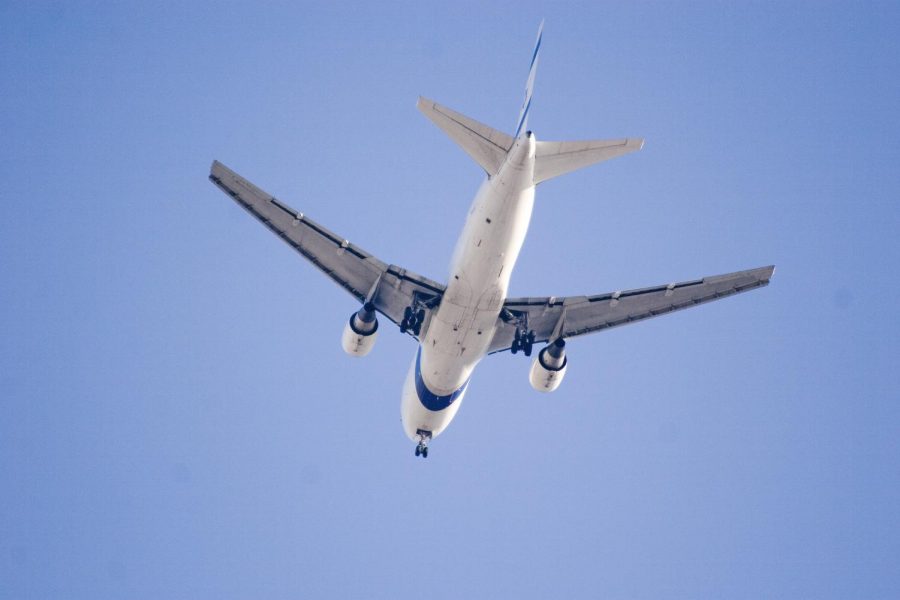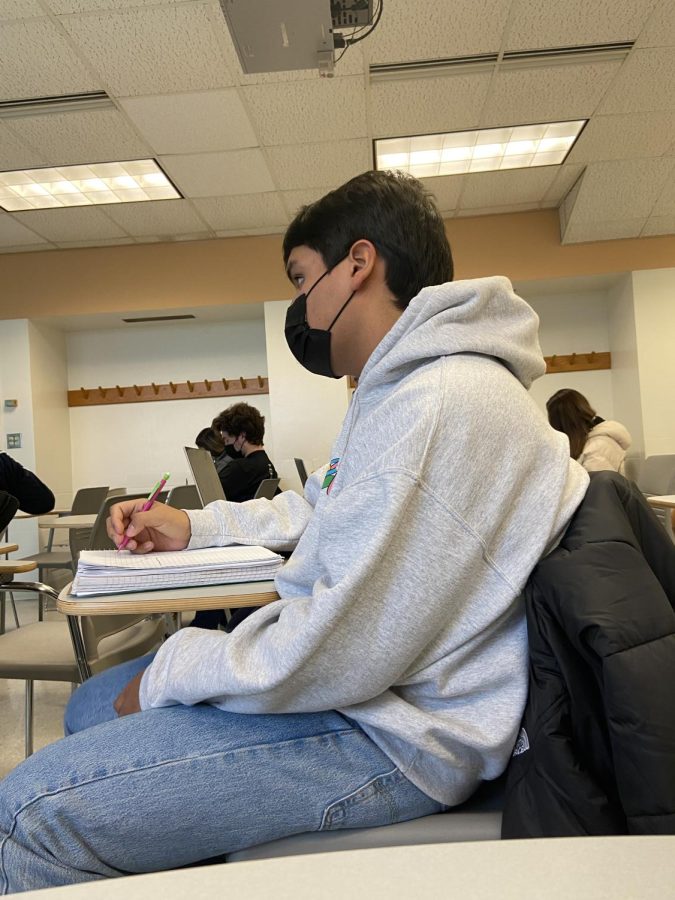The novel coronavirus pandemic has caused global greenhouse gas emissions to fall. The health risks posed by COVID-19 have elicited widespread, circumstantial behavioral change in an attempt to limit the spread of the virus. Lower emissions are merely a side effect of economic downturn and social distancing in response to this threat — reductions cannot be celebrated as a victory in the fight against climate change.
Worldwide changes such as the widespread incorporation of social distancing strategies and industries experiencing lower or halted productivity have led to reduced greenhouse gas emissions. Changes such as people working from home or avoiding air travel are short term responses to COVID-19, not to climate change. Decreasing emission levels represent a temporary shift that will likely return to original levels once the risk of COVID-19 diminishes.
In the past, economic recessions have been accompanied by reduced levels of greenhouse gas emissions that increase once the economy stabilizes. According to the Global Carbon Project, global carbon emissions fell by 1.4% in 2009 from the financial crisis, only to increase by 5.9% in 2010.
Though China saw general improvements in air quality after its emissions dropped by about 25%, NPR argued this cannot be framed as progress.
Responding to COVID-19 may have reduced emissions, but it came at the cost of people’s lives and livelihoods. Decreased exposure to air pollution is a temporary benefit that is overshadowed by human suffering. Improvements in air quality will likely be undone by future efforts by China to make up for previous setbacks through ramping up industrial activity once the threat of the disease subsides.
Additionally, as travel bans and flight reductions become increasingly prevalent, there is less greenhouse gas emission from planes. Despite bargain fares, airline booking rates continue to fall as fears of contracting COVID-19 outweigh the pursuit of cheap travel opportunities. Airlines like JetBlue and United have cut flights in response to low customer demand.
Keeping more planes on the ground can significantly reduce the atmospheric concentration of greenhouse gases. A Lund University’s Centre for Sustainability Studies study shows it would take a year of plant-based eating or four years of comprehensive recycling for an individual to offset emissions from a single transatlantic flight — for example, from Milwaukee, Wisconsin to Lisbon, Portugal.
Declining demand for air travel is not correlated with a new wave of climate-conscious consumers. Rather, demand is low because people are afraid of the spread of COVID-19. “This is not an analogy for how we want to decrease emissions from climate change,” Gernot Wagner, a clinical associate professor at New York University’s Department of Environmental Studies, told MIT Technology Review.
Social distancing to mitigate the spread of COVID-19 has also contributed to reduced levels of greenhouse gas emissions. The Centers for Disease Control and Prevention describes social distancing as “an essential component of the public health response in reducing the size of the epidemic peak and spreading cases over a longer time to relieve pressure on the healthcare system.” It involves the isolation of infected persons, the quarantine of exposed persons, the closure of schools and workplace and the avoidance of crowded places.
Social distancing has contributed to decreased global emissions because people are driving and flying less. According to the Environmental Protection Agency, the transportation sector is the primary contributor to greenhouse gas emissions in the United States. Twenty-nine percent of our nation’s emissions come from the burning of fossil fuel to power cars, trucks, planes, trains and ships. More people working from home means fewer people driving to and from work.
With 59% of transportation sector emissions in the U.S. coming from light-duty vehicles, fewer people making their daily commutes can lead to significant reductions in emissions.
According to the New York Times, about half of Americans live in urban areas and commute using public transportation. If these modes of transport are fossil fueled, they will continue to operate and emit greenhouse gases — regardless of an individual’s decision to work from home.
Reductions in emissions from people driving to work less often will likely be offset by increased energy consumption at home. According to the EPA, the electricity sector accounts for 28% U.S. greenhouse gas emissions, where 31% of emissions within the electricity sector are attributed to residential and commercial operations. Televisions, lights, and other electricity-consuming gadgets will be turned on for longer periods of time as more people practice social distancing and stay at home.
The global fight against the coronavirus is accompanied by the hopeful expectations that we will overcome this pandemic, that the struggle is temporary, that the spread of COVID-19 will eventually be contained and that we can return to normalcy. However, once these hopes come to fruition, climate change will remain.
Short-term changes in our behavior will not solve the climate crisis, and there is still much work to do.
We can apply lessons learned about effective global responses to COVID-19 to climate action strategies that will mitigate global greenhouse gas emissions in the long term. Climate change mitigation must involve a level of urgency and regard for science similar to responses to COVID-19 that have heeded the authority of the World Health Organization and supported medical research.
This story was written by Annie Dysart. She can be reached at anne.dysart@marquette.edu.













